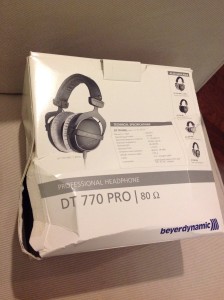Our new team member at Surgical Artistry, Hannah, did some studying regarding hernias, and this is what she wrote:
Different Types of Hernias
Inguinal Hernias– The most common type of hernia. They occur in the inguinal canal. Inguinal hernias develop when abdominal tissue such as intestine or omentum, protrudes through a weak spot in the abdominal muscles and fascia. They do not improve on their own and can lead to life threatening complications.
Ventral Hernias– This is a hernia that appears at the site of a previous surgery incision. These can appear weeks, months, or even years after surgery and can be very small or very large and complex. If this hernia widens, it can be very difficult to repair. These have a high recurrence rate.
Femoral Hernias– Like the inguinal hernia, femoral hernias also appear in the groin area. These are common in women, but can also appear in men. These are usually the result of a pregnancy, or childbirth. A weakness in the lower groin allows the intestinal sac to drop into the femoral canal. Early repair is strongly advised for this type of hernia, as severe complications such as incarceration and strangulation are common.
Umbilical Hernias– Occur near or on the bellybutton or naval, which has a natural weakness from the blood vessels of the umbilical cord. In adults, umbilical hernias often do not resolve and will progressively worsen over time. This type of hernia is often caused by abdominal pressure due to being overweight, excessive coughing, or pregnancy.
Epigastric Hernia– These occur due to a weakness, gap, or opening in the muscles or tendons of the upper abdominal wall, on a line between the breast bone and the naval or umbilicus.
Hiatal Hernias– These are slightly different from other hernias because they are a weakness or opening in the diaphragm, which is the muscle that separates the chest cavity from the abdominal cavity. These hernias cause reflux of acid from the stomach into the esophagus, which can lead to heartburn, pain, and erosion of the esophagus.
Spigelian Hernia– A rare type of hernia in the spigelian fascia, lateral to the rectus abdominis muscles.
Obturator Hernia– A rare type of hernia that occurs in the pelvic floor. Much more common in women, especially elderly women. It is said that obturator hernias can be caused by pregnancy, which leads to lax pelvis muscles.
Other Hernia Terms
Strangulated – Squeezing the blood supply
Incarcerated- The hernia is not reducible
Reducible- The hernia can be pushed back without surgery





